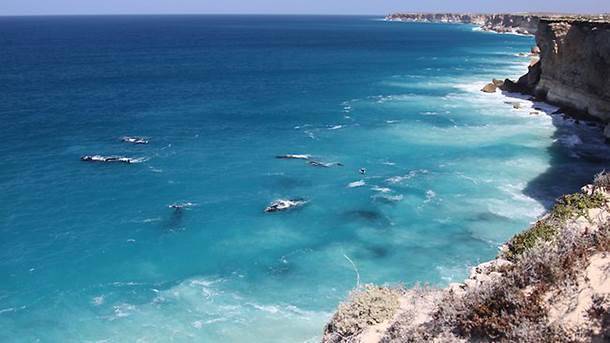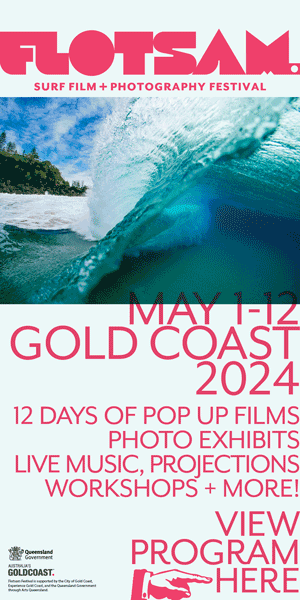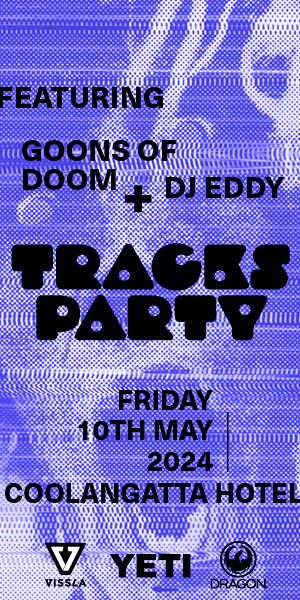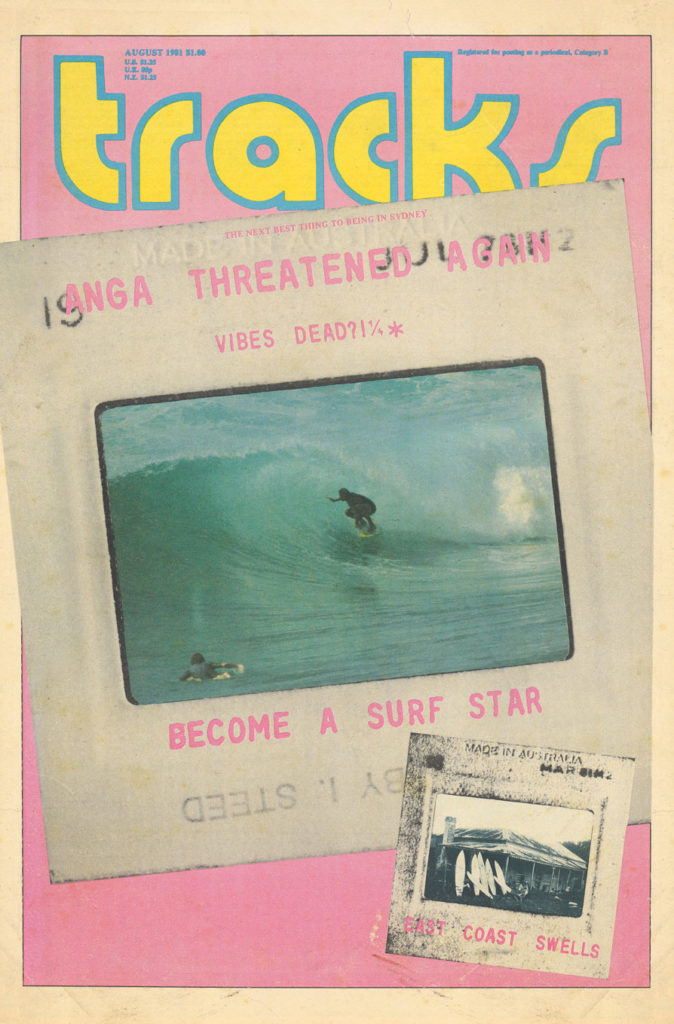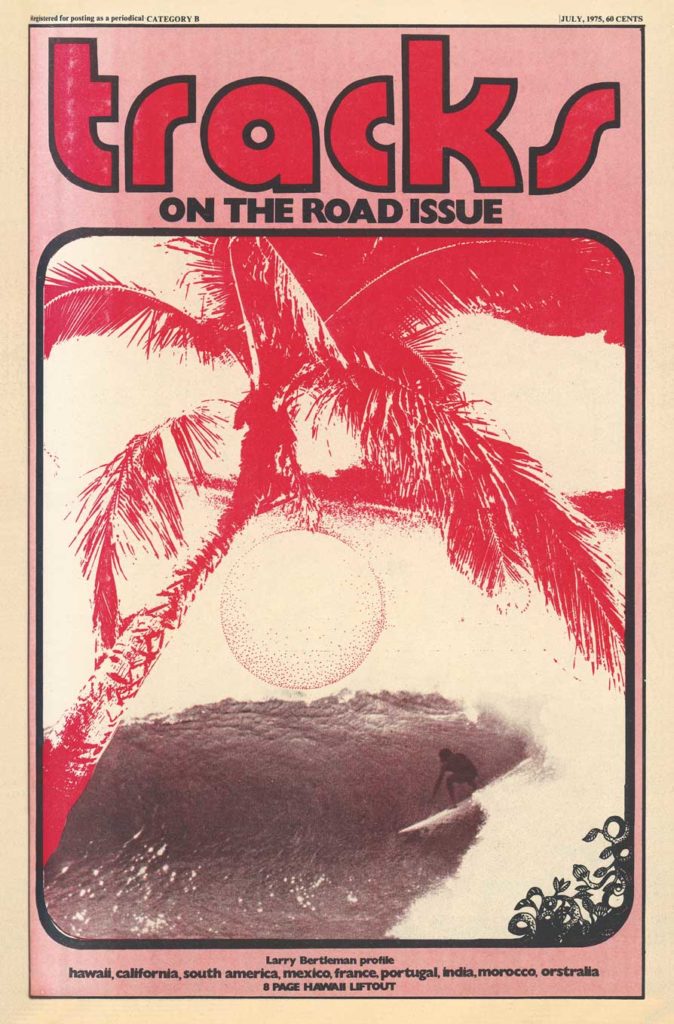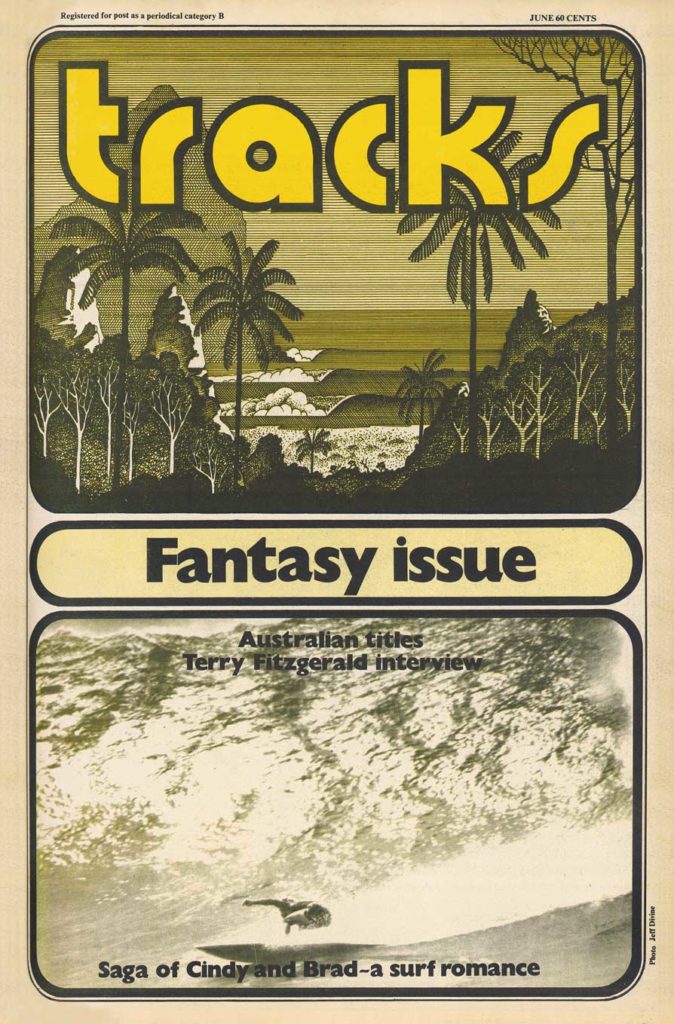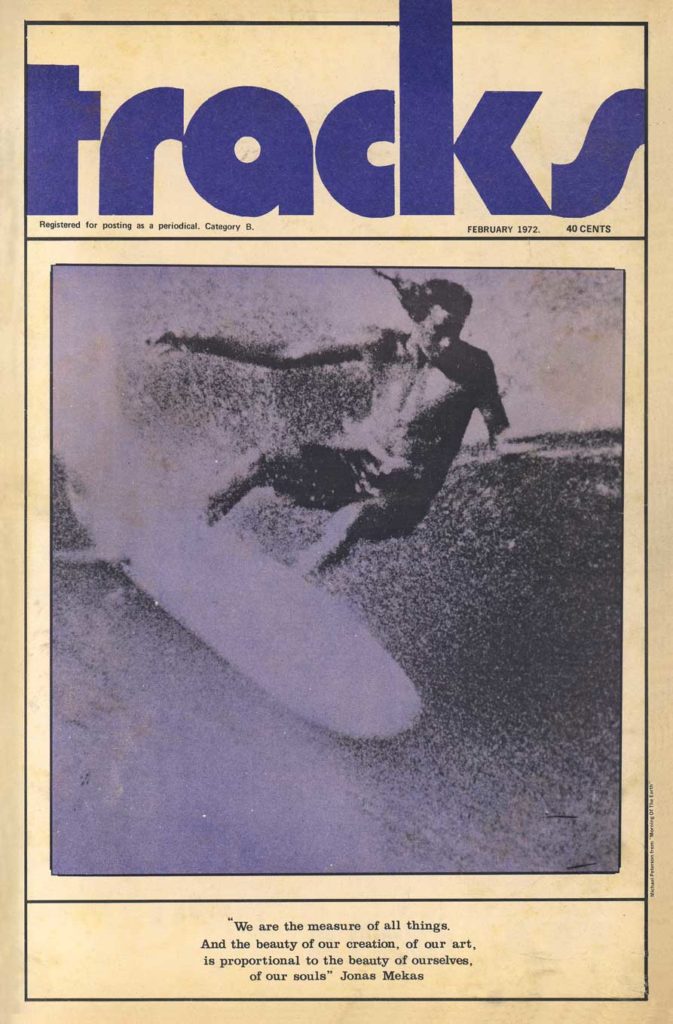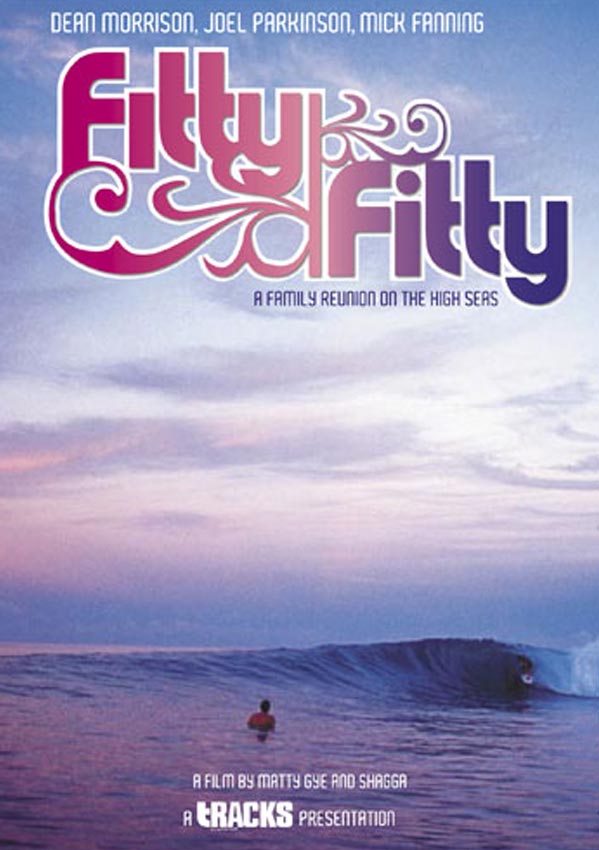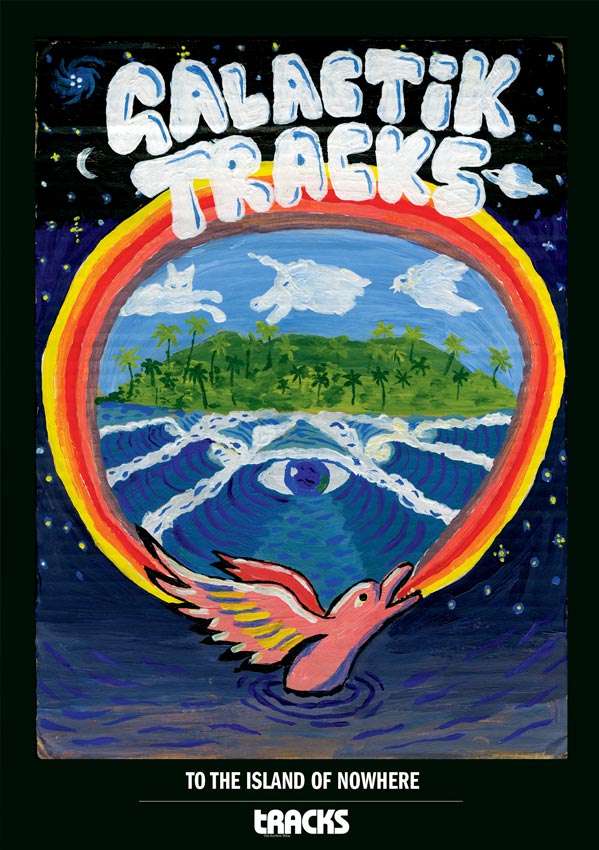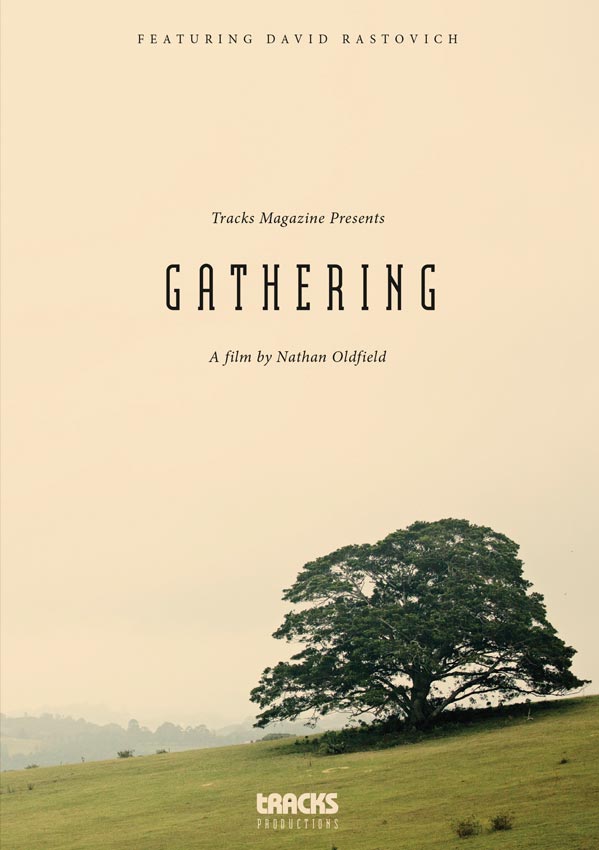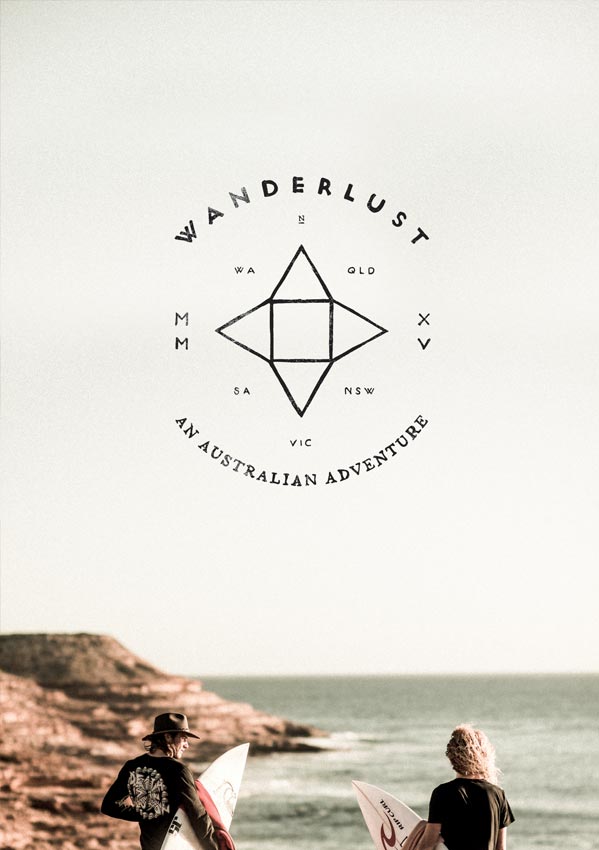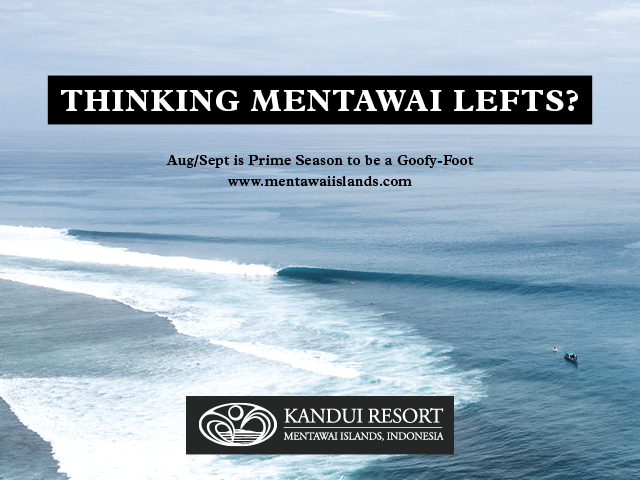As far as volatile stretches of coastline go Southern Australia is hard to beat. Copping the full brunt of the roaring forty (aka furious fifty) storm cells, the region, which is made up of thousands of kilometres of rugged, often inaccessible coast, is regularly battered by 30 knot winds and swells of up to five meters. What better place then to try and sink a giant drill into the earth’s underwater crust?
Valla expat turned Eyre Peninsula prawn fisherman, surfer and environmentalist, Heath Joske, tells us everything we need to know about the fight to stop drilling in the Bight.
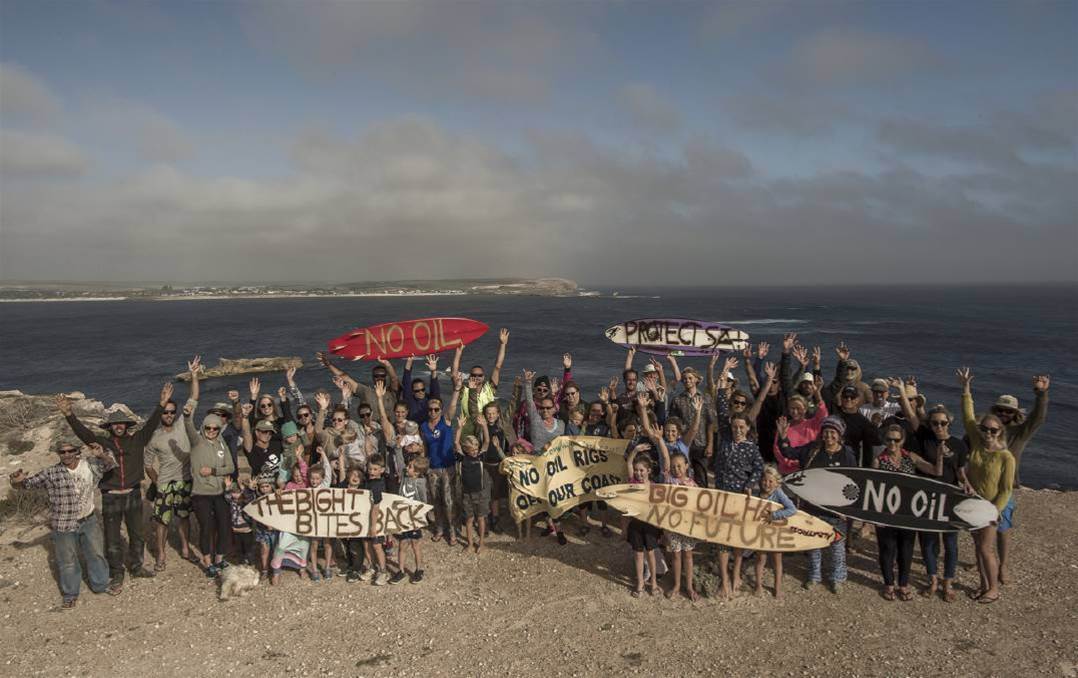
Tracks: Where’s this latest fight to stop drilling in the Bight gotten to?
Heath Joske: They’re still yet to put their environmental draft into NOPSEMA (the regulatory body). The first stage of them (Equinor) applying for permission will be to get this plan into NOPSEMA and then the public can look at that plan and express their concerns over the course of a month. Then they will put a final plan into NOPSEMA and it’s their decision to say either yep, it’s gonna be safe for them to drill and to give them the green light or to say no it’s too dangerous its not safe and they get rejected.
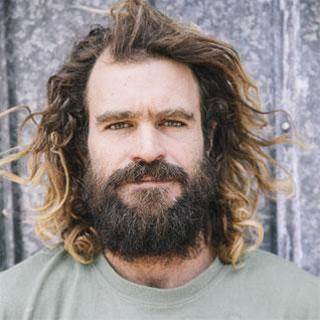
T: The oil companies must be pretty desperate to get a drill in out there because NOPSEMA has already said no twice.
HJ: Yeah, they’ve knocked back BP a couple of times so yeah it seems like these companies are pretty keen to get out there and drill and I think the Australian government behind closed doors is providing them with a lot of encouragement to go for it too.
T: You spend as much time on the ocean there as anyone, how wild do the conditions get?
HJ: It can be pretty wild. This winter was 20-30 knots howling offshore and five to ten meter swells consistently rolling through. It was endless. The fishing boat I worked on barely got to get out to sea and work because it was too wild.
To get out there and put an (oil) clean up in place they’d need even better conditions than what we fish in. Through the winters months it’s just endless front after front smashing the joint. It’s pretty wild the whole way along this southern coastline of Australia. It’s known for its big seas and roaring winds. It’s a pretty wild place.
T: How would you access the affected areas in an event of a spill?
That’s right. The closest (clean-up) boats are in Singapore and then they go out to where the drill is pissing oil into the ocean and they gotta try and block that, which is a huge effort in itself but then once you gotta start cleaning up the coastline along where we live, it’s just huge. So much of it is really hard to get to – those famous Nullarbor cliffs that are straight vertical into the ocean. It’d take generations for things to come back and who knows if they would ever come back.
T: How exhausting is it for the community there to have to keep getting up fighting these things off?
It can feel like a relentless, endless process for the local community but the longer it carries on the more and more momentum the local community and the whole of Australia seems to be getting behind it. When BP was knocked back a couple of times, I’d say there were half the amount of councils opposing it as there is now.
Port Lincoln (council) has only just joined on the bandwagon opposing it and they’re an economic powerhouse in South Australia. The fishing industry there provides jobs for thousands of locals on the coast and brings in millions of dollars annually. I feel like that’s a really huge step. It might feel like it’s draining on some people who are really emotionally invested in it but I reckon the longer it carries on the more momentum we’re getting against these guys.
T: What’s at stake here?
HJ: It’s our southern ocean playgrounds. It’s not just people living on the Eyre Peninsula whose playgrounds are at stake. It’s all the residents who live along the bottom of Australia.
Not just our playgrounds, it’s our livelihoods for so many of us who live along this coastline. We bring our money in from fishing or the other ocean based tourism. So many of us provide for our families from the ocean or we live here so we can go there on the weekends and enjoy the place. I’d say most of the community who live on the coastline, the vast majority are living here because of the beautiful untouched oceans that live on our doorstep.
Depending on what time of year if a spill happened, in the summer time with the sou-easterlies being the predominate wind (oil) can smash the whole of southwest Australia. Depending on how quick the clean up would take would determine how far it could get it could potentially spread up the coast of West Australia. Who knows how far it could go up there. Then in winter time with all the fronts coming from the west it has all the potential to smash all along South Australia and then head over to Victoria and start wrapping around the coast there and smash Tasmania. The opportunity for enormous devastation is there and how remote we are and how deep these drills are and trying to put a clean up effort in place, it’s pretty overwhelming. It’s huge.
Tell us about the consultation process between the oil barons and the community?
It’s pretty funny. You go on Equinor’s website and they rave on about how they’re green gurus and they pride themselves on consulting with the public. Originally there was a planned meeting in Port Lincoln where the public could go along and hear their plans and express their concerns directly to Equinor bosses. They scrapped that meeting altogether and then tried to have a sneaky behind the curtain meeting at Streaky Bay and the public wasn’t informed at all about what was happening. There has been no public consultation whatsoever. On their website it says they can consult with the public but they don’t really have to. They’re trying to sound like they’re talking to us all but there’s been no consultation whatsoever.
T: That didn’t stop locals showing up and chanting anti-oil songs at one of the meetings though did it?
HJ: A bunch of passionate supporters from up and down the coast lodged up outside the window. When the councils heard there would be a few protestors turning up they moved the meeting forward an hour to try and catch us off guard again. But these guys posted up outside the window and started singing their anti-oil song and waving their banners outside the window, which caused enough commotion to drag a couple of the councillors outside and arrange to have a two on two meeting with the Equinor bosses, which as pretty good.
It set us up to know that one of the main things we can do is get our letters into Equinor and let ‘em know there is a lot of people that care about this coastline and that we’ve got serious concerns for our livelihoods and children’s livelihood in the future. We need to try and have as many voices go in there as possible to know that we really care about it and we’re not gonna let it happen. I’d urge everyone in Australia to send in a letter (https://www.nopsema.gov.au/about/making-a-submission-to-nopsema/) and express their concerns. If they want it to happen they can send in a letter for why they want it to happen too.

